







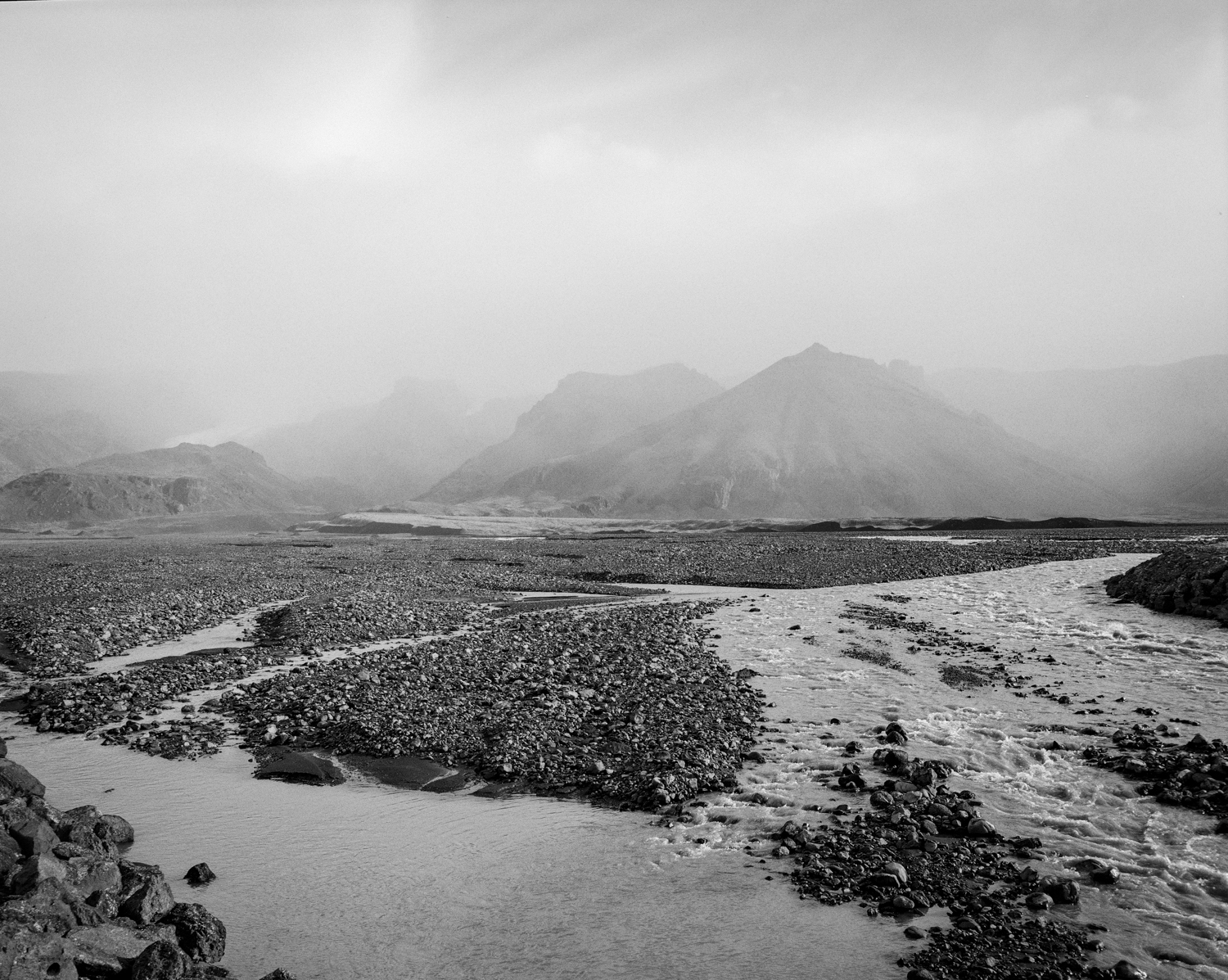




















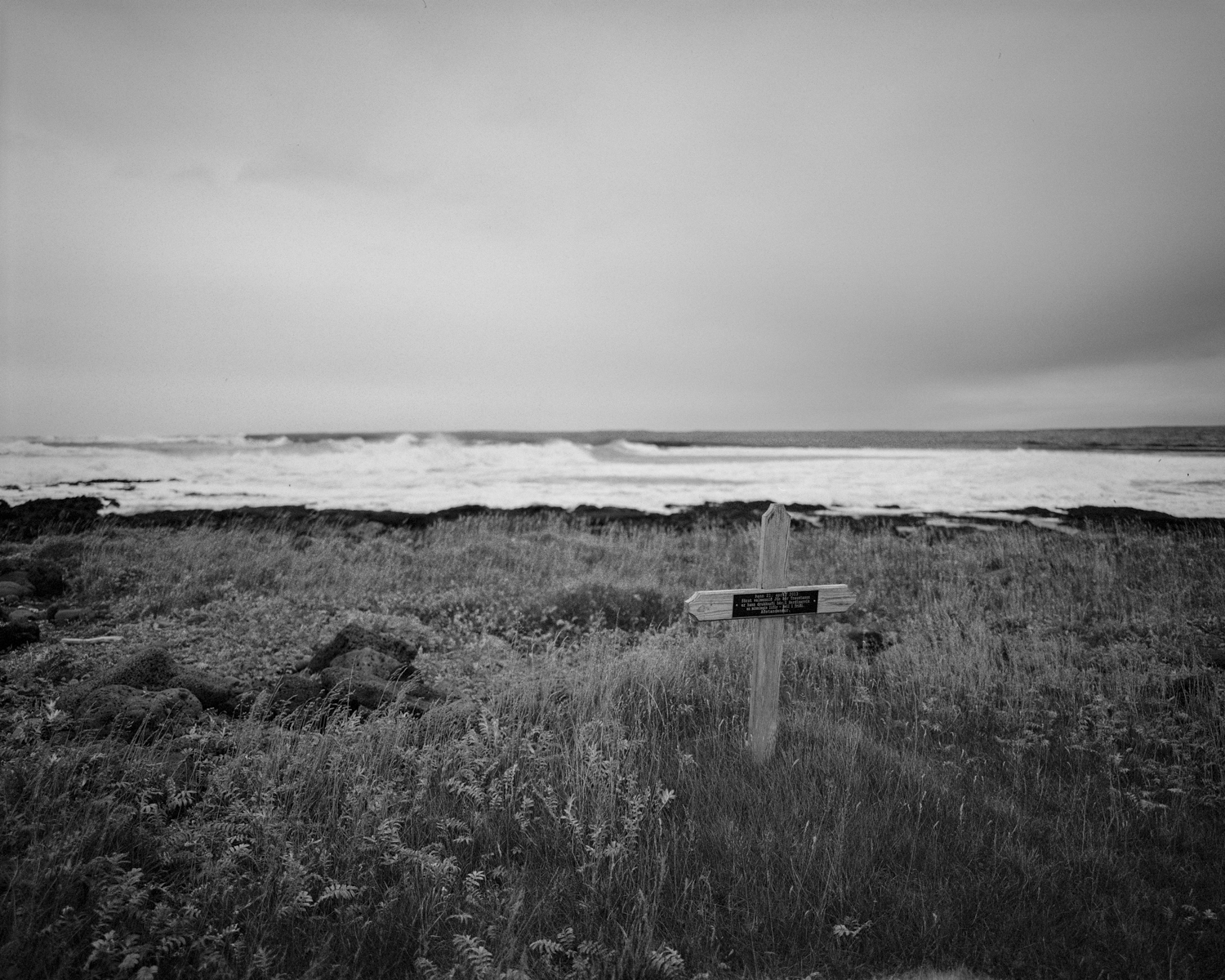


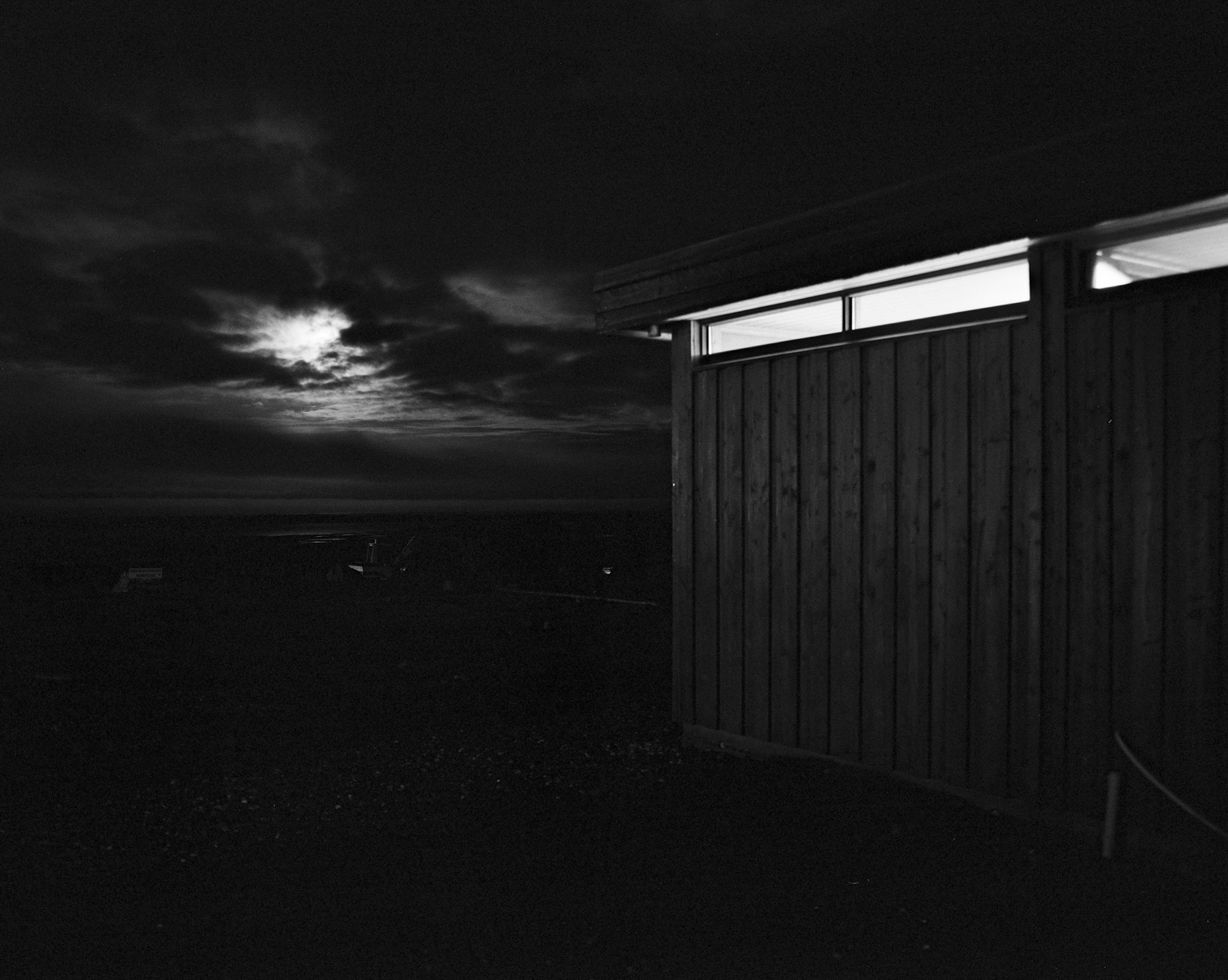




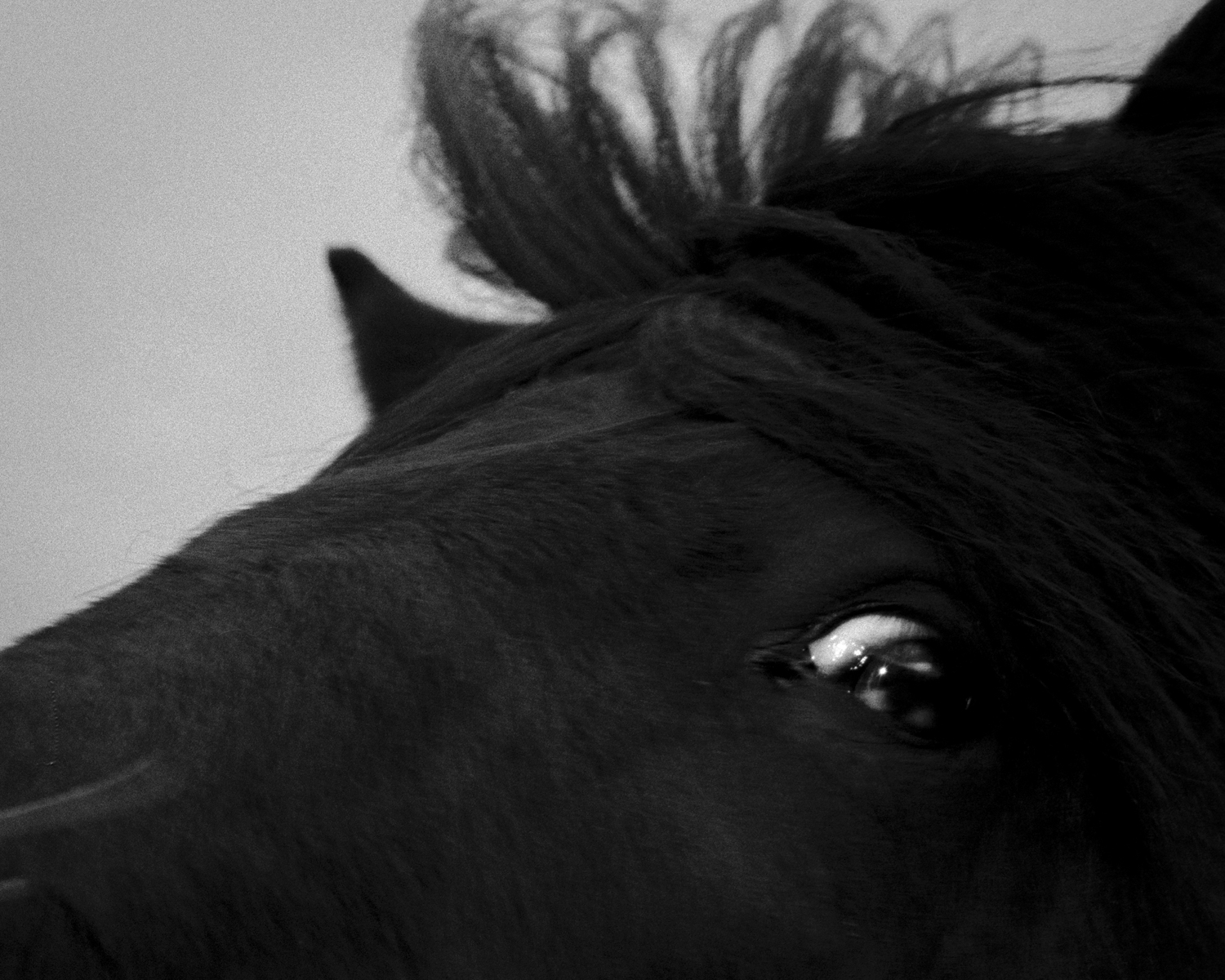
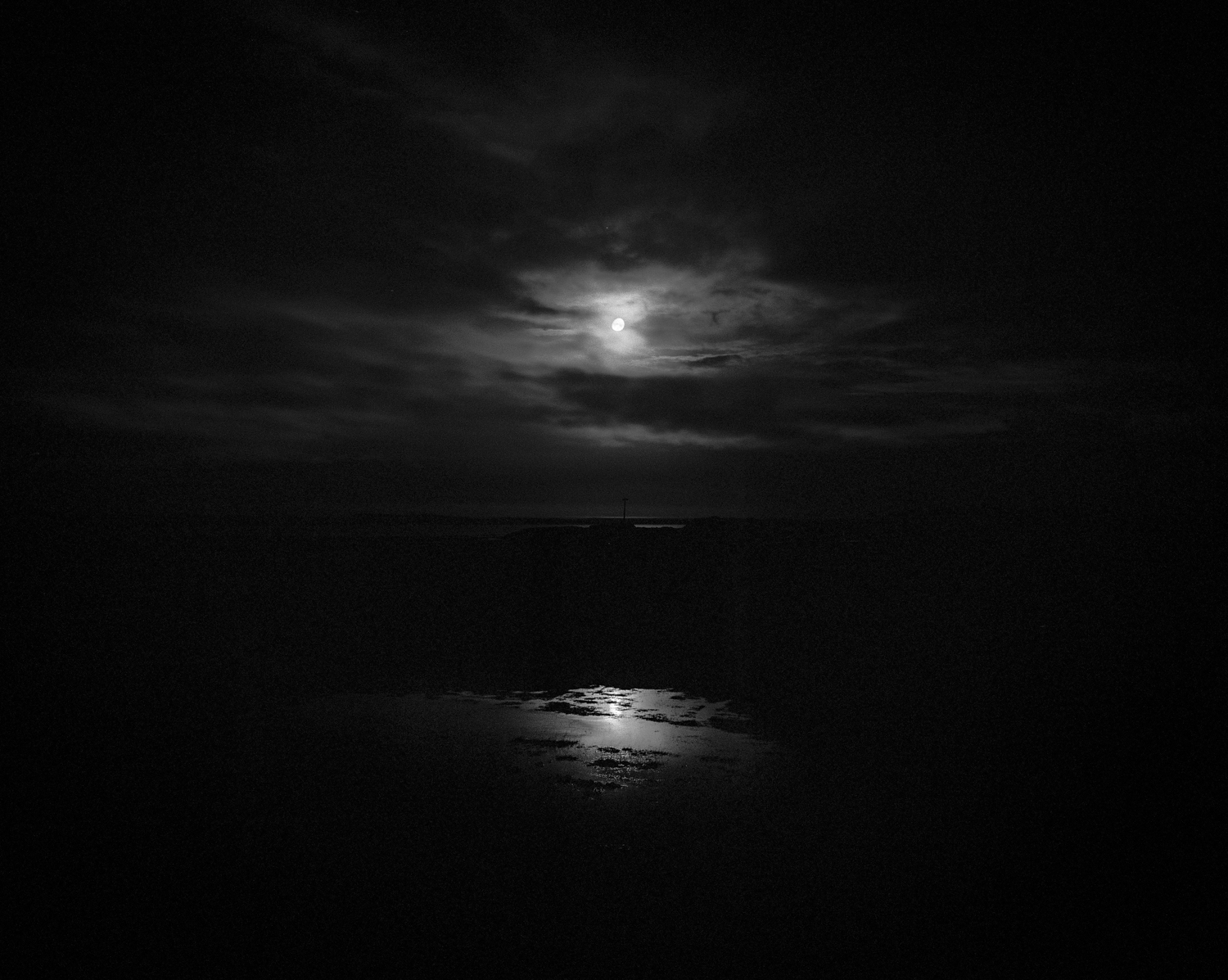
According to Freud, sublimation is the channeling of our instinctual impulses into socially more acceptable activities, those considered non-instinctual, often leading to acts of creation and artistic gestures, which arise from a series of unconscious tensions.
SUBLIMA is a work that, through the exterior, the physical, and the real, explores deeply unconscious, suppressed, and dormant facets. This hidden side is in direct tension with what Jung describes as the Anima: the archetypal image of the feminine in the male unconscious. Throughout art history, this representation has been depicted in multiple ways, one of which is nature.
Here, through a collection of monochromatic landscapes, blind portraits, and tragic motifs, the author redirects his invisible imagery, using celluloid as the receptacle where fiction reconciles with reality. SUBLIMA is an intimate and introspective work, a reflection on fragility and loneliness, a self-portrait sustained through the construction of a fictional landscape. A work that seeks to create new visual narratives, those that enable the unfolding of an evocative cloth capable of enveloping a landscape of segmented stories, where faceless beasts and men populate a hidden wasteland, through real fragments and unconscious tensions.
SUBLIMA is a work that, through the exterior, the physical, and the real, explores deeply unconscious, suppressed, and dormant facets. This hidden side is in direct tension with what Jung describes as the Anima: the archetypal image of the feminine in the male unconscious. Throughout art history, this representation has been depicted in multiple ways, one of which is nature.
Here, through a collection of monochromatic landscapes, blind portraits, and tragic motifs, the author redirects his invisible imagery, using celluloid as the receptacle where fiction reconciles with reality. SUBLIMA is an intimate and introspective work, a reflection on fragility and loneliness, a self-portrait sustained through the construction of a fictional landscape. A work that seeks to create new visual narratives, those that enable the unfolding of an evocative cloth capable of enveloping a landscape of segmented stories, where faceless beasts and men populate a hidden wasteland, through real fragments and unconscious tensions.